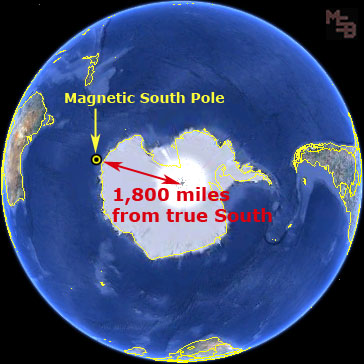Opmerking moderator
afgesplitst van dit topic
Toevallig publiceerde ESA vandaag een interessant artikel over atmosfeerverlies en plasmapluimen: klik
Moderators: jkien, Michel Uphoff
Michel Uphoff schreef: Toevallig publiceerde ESA vandaag een interessant artikel over atmosfeerverlies en plasmapluimen: klik
Waar precies het plasma ontstaat, is nog in onderzoek. Genoemd worden de ionosfeer en de plasmasfeer, maar elders (in de atmosfeer) wordt niet uitgesloten.Initially, scientists believed Earth's magnetic environment to be filled purely with particles of solar origin.
However, as early as the 1990s it was predicted that Earth's atmosphere was leaking out into the plasmasphere – something that has since turned out to be true.
Observations have shown sporadic, powerful columns of plasma, dubbed plumes, growing within the plasmasphere, travelling outwards to the edge of the magnetosphere and interacting with solar wind plasma entering the magnetosphere.
More recent studies have unambiguously confirmed another source – Earth's atmosphere is constantly leaking! Alongside the aforementioned plumes, a steady, continuous flow of material (comprising oxygen, hydrogen, and helium ions) leaves our planet's plasmasphere from the polar regions, replenishing the plasma within the magnetosphere. Cluster found proof of this wind.
...
Overall, about 1 kg of material is escaping our atmosphere every second
Net zoals op Jupiter trouwens.
Michel Uphoff schreef:
Waar baseer je deze uitspraak op?
Opmerking moderator
nl polaire fonteinen waarbij materiaal uit de polen wordt geschoten?


Op deze afbeelding wordt de zg magnetische pool aangeduid, oftewel de plaats waar de magnetische veldlijnen een inclinatie van 90° hebben (recht de grond in wijzen).ScienceGuy schreef:
En daarmee ligt die aurora toch wel weer op een plaats die voor haar locatie geen polaire fonteinen nodig heeftWhere are the magnetic poles?
There is a difference between the magnetic and the so-called geomagnetic poles. The magnetic poles are the locations where inclination is 90 degrees, i.e. where the field is perpendicular to Earth's surface. The geomagnetic poles are the poles of a pure dipole field. Here, the axis of the approximated dipole field crosses the Earth's surface. Secular variation caused movements of magnetic and geomagnetic poles.
The northern magnetic pole lies at present (2015) in the Arctic, at about 86 degrees North and 160 degrees West. Currently it moves northward by about 40km per year. The southern magnetic pole lies at about 64 degrees South and 137 degrees East. It only moves by less than 15km a year. The exact position of the points where inclination measurements show 90 degrees, however, can vary by up to 80 km within a day due to the external magnetic field contributions. The figure below shows the positions of magnetic (black) and geomagnetic (red) poles in the northern and southern hemisphere since 1590.
[/size]
Magnetic (black dots) and geomagnetic poles (red dots) between 1590 and 2015
Het mechanisme is nog onbekend...
De grote vraag is: vanwaar komt deze straling?
NOAA: The Aurora Borealis (Northern Lights) and Aurora Australis (Southern Lights) are the result of electrons colliding with the upper reaches of Earth’s atmosphere. (Protons cause faint and diffuse aurora, usually not easily visible to the human eye.) The electrons are energized through acceleration processes in the downwind tail (night side) of the magnetosphere and at lower altitudes along auroral field lines. The accelerated electrons follow the magnetic field of Earth down to the Polar Regions where they collide with oxygen and nitrogen atoms and molecules in Earth’s upper atmosphere. In these collisions, the electrons transfer their energy to the atmosphere thus exciting the atoms and molecules to higher energy states. When they relax back down to lower energy states, they release their energy in the form of light. This is similar to how a neon light works. The aurora typically forms 80 to 500 km above Earth’s surface.
Het is dan ook geen raadsel waarom satellieten niet rechtstreeks boven de geografische polen vliegen?

ArcherBarry schreef: In hoeverre maakt het jaargetijde (buiten de ongeveer 60 dagen om de midzomernacht dat het 24 uur per dag licht is) uit om de aurora boreales te kunnen zien in Lapland? En in hoeverre is het mogelijk een paar dagen van te voren te kunnen voorspellen dat er een lichtshow komt?
Ik zal zeer graag een mooi spectakel willen zien, maar om de bonne fooi een vliegtuig + vakantiehuisje te boeken kan risico vol zijn.
Dat is in de afbeelding van bericht 10 al gedaan. Daar kan je alle drie die punten en hun wetenschappelijke bron terugvinden.@ScienceGuy: doe jij anders een poging. Aanduiding van geomagnetische én geografische zuiden.